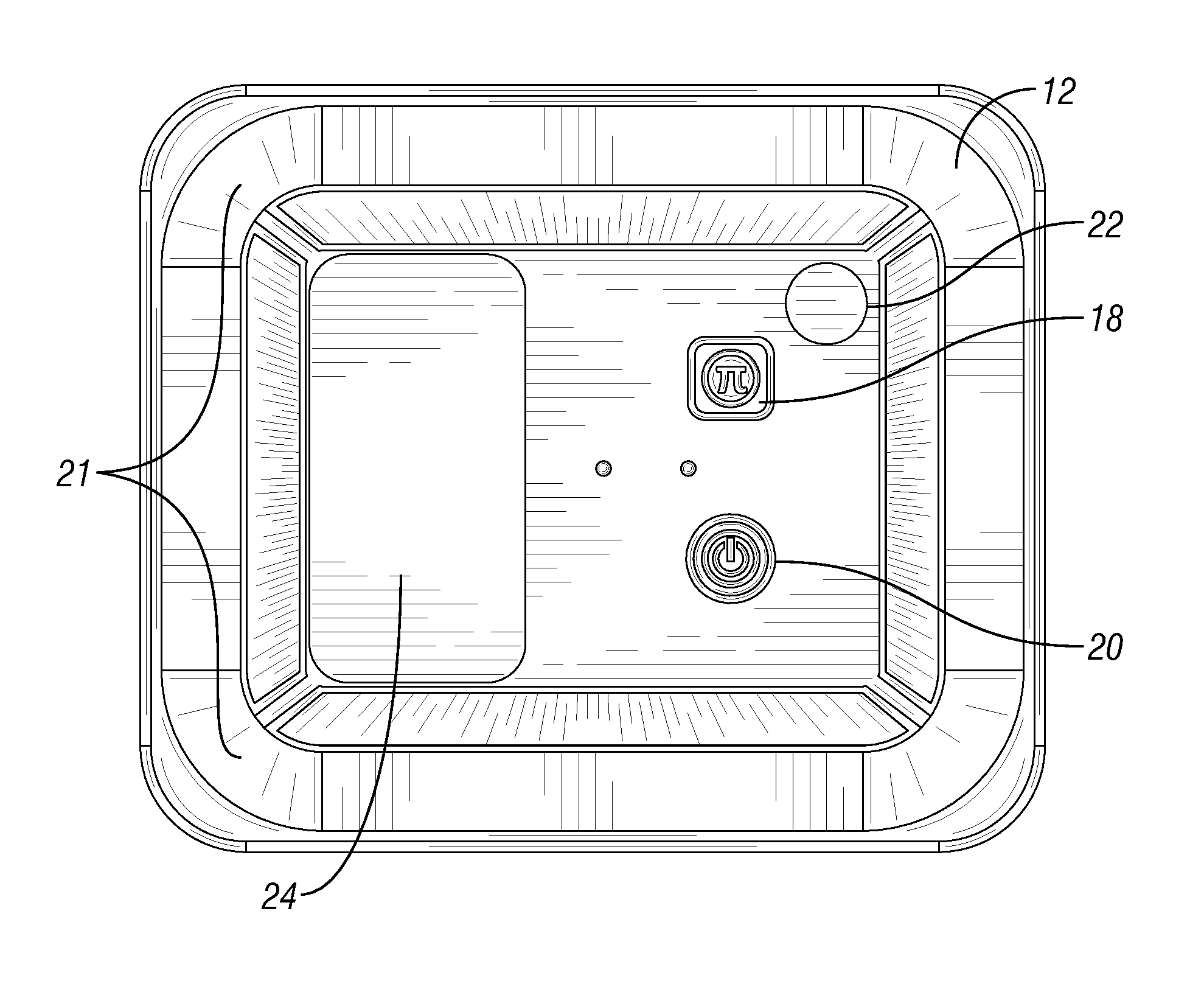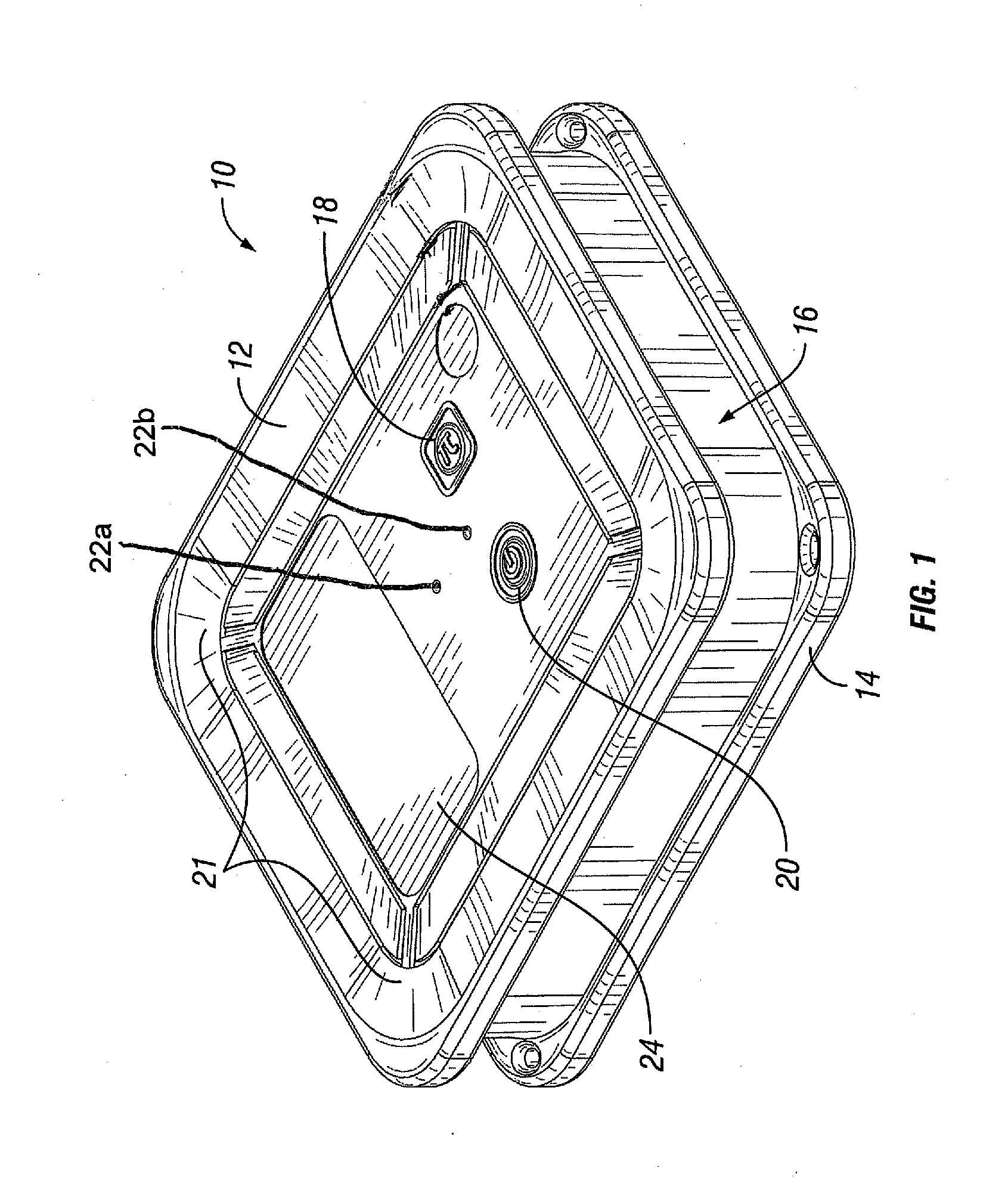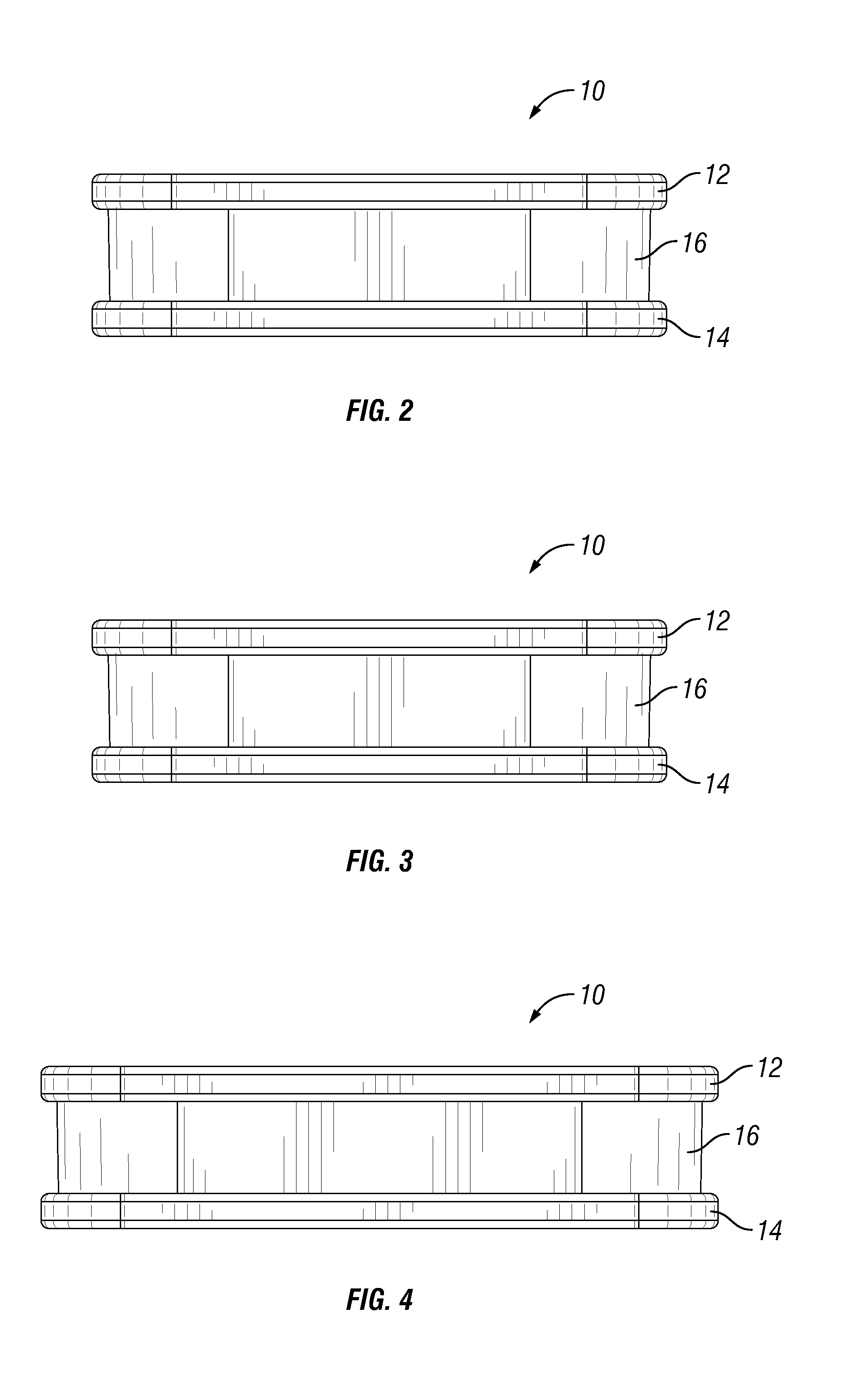Sequential and Coordinated Flashing of Electronic Roadside Flares With Active Energy Conservation
a technology energy conservation, applied in the field of electronic roadside flares, can solve the problems of lack of sequenced lights, poor visibility, and arrows not guiding the driver, and achieve the effect of facilitating the use of separate groups of flares
- Summary
- Abstract
- Description
- Claims
- Application Information
AI Technical Summary
Benefits of technology
Problems solved by technology
Method used
Image
Examples
Embodiment Construction
[0022]The following detailed description and the accompanying drawings to which it refers are intended to describe some, but not necessarily all, examples or embodiments of the invention. The described embodiments are to be considered in all respects only as illustrative and not restrictive. The contents of this detailed description and the accompanying drawings do not limit the scope of the invention in any way.
[0023]The ability to coordinate the pattern of illumination between electronic roadside flares enhances the approaching driver's perspective. Sequential flashing provides directional information, while simultaneous flashing provides a more dramatic “warning”. One method of coordinating flash timing of roadside flares is to connect them via a single wire. However, this method does introduce the entanglement of the wire in the storage container, the potential for workers to trip over the wire, and delayed deployment.
[0024]Wireless coordination of flashing between flares (e.g.,...
PUM
 Login to View More
Login to View More Abstract
Description
Claims
Application Information
 Login to View More
Login to View More - R&D
- Intellectual Property
- Life Sciences
- Materials
- Tech Scout
- Unparalleled Data Quality
- Higher Quality Content
- 60% Fewer Hallucinations
Browse by: Latest US Patents, China's latest patents, Technical Efficacy Thesaurus, Application Domain, Technology Topic, Popular Technical Reports.
© 2025 PatSnap. All rights reserved.Legal|Privacy policy|Modern Slavery Act Transparency Statement|Sitemap|About US| Contact US: help@patsnap.com



